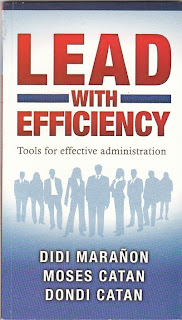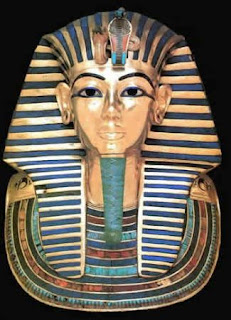
"How Successful People Think" by John Maxwell is a great little book and a timely read, particularly in a day where media and others encourage us to follow our feelings almost to the exclusion of thinking.- Michael Taylor (Indian Trail NC)
“Top pick for libraries and business minded thinkers alike.”- Midwest Book review
“Put your dreams to the test.”- Tony LaMantia
Review: Small things hit harder than you think
To be honest, I had a hard time reading the book, with all the school work that has to be done; thesis, projects and f the sort, it took me at least three days before I can fully read the book. But as soon as I read it, it was just like what I felt when I read books that I have interests in such as crime novels like Sherlock Holmes or a fantasy novel like Wicked. This sent me in to non-stop reading mode (as what I call when I experience this feeling when reading). In fact, I can say that this book is something that I think, I could really use not only in what I’m taking in college, but I can see a practical use in it in my life. And in reading the book, I can’t stop reading it, I read it in the comfort room, when I wake up, or even when I am at school. This book filled by boring hours into something fulfilling. Each chapter, the author gives life experiences so that he can explain it in a very simple way where in, I think, even a kid would understand it (although I think there is a difference in understanding something and actually doing it). And at the end of each chapter, the author would raise a question in order for you to actually realize if you are this kind of thinker or not, and reading it, it was like having a good friend to tell you that you can really do it, when you believe it. Actually I think that this is a marvelous book, in fact I suggest that people read it and apply the concepts that the author discussed. It’s easy to read, easy to understand and it doesn’t need you to be a rocket scientist to be like one.
After a few days, I finished the book, and immediately, I re-read it again to fully understand the concepts, and take note: I didn’t re-read it again so that I can make a cute review of this small book; I re-read it because I want it and so far, it has helped me so far. This was a book that didn’t send me to Oz or Wonderland, or made me imagine like I was the famous detective in London, or a Jedi fighting a Sith, this book made me realize, that you are in the real world, and in order to enjoy it, one has to think…and it all starts in your head as an idea. So, to top it off, I’ll tell something from myself after reading the book. The book was successful, at the back, there was something written there:”This book doesn’t tell you WHAT to think, it tells you HOW to think.” So, I did a little experiment: I had this game in my Nintendo DS called Phoenix Wright: Ace attorney, in this game, you have to think, based in the given clues in the crime scene and come up with a logical conclusion to defend your client from being sent to jail when they are innocent of the crime. Now, you may say “This dude memorized the game!” well guess what, last time I played the game was around two years ago, and the cases there are hard to remember. And so I used what I learned from the book, I thought of the big picture, focused on how it was done, thought creatively on how it was done, the possibilities of how the crime was done, asked other people on how can it be done, and I have finished the cases faster than when I last played it. After I have finished the game I have still applied it, sharing the stuff I used to finish the game to other games, gave my ideas to others. And in real life, I realized on how, to plan for my life, what steps am I going to take what’s in it for me and other stuff. Now I can’t rant about how this book helped me in many different things in my life, but what I am going to tell you is that, read the book, and you’ll experience what I experienced in the book. Change your life through thinking!
















